Past Projects
Laser Based Sensor for Hall Thruster Erosion Measurements
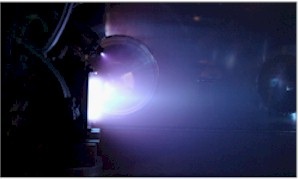
Ultraviolet Prism Based Cavity Ring-Down Spectroscopy
Conventional CRDS uses high reflectivity mirrors to enhance the absorption path length of the laser. The sensitivity of this measurement process is strongly dependent upon the mirror quality. However, sufficiently high quality mirrors are not available for UV light that is resonant with the boron-nitride. Our approach used calcium fluoride (CaF2) prisms, based on the principle of total internal reflection, to establish a high quality optical cavity.

Laser Measurement of Combustion Pollutants in Algae-Derived Biodiesel
Fatty acid methyl esters are molecules which comprise a liquid motor fuel commonly referred to as biodiesel. Biodiesel has been implemented on a small scale as a replacement for petroleum-derived fuel for compression ignition engines. What is unclear when comparing biodiesel and petroleum diesel, are the relative rates of production of nitrogen oxide pollutants. Through the use of laser spectroscopy we conduct experiments to compare the pollutants emitted by biodiesel produced from algae to that produced through classical means.

Sensitive and Versatile Tropospheric HCl Instrument

Fiber Optic Delivered Laser Ignition Systems
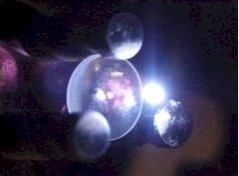
Cavity Enhanced Instrument for Aerosol Optical Properties
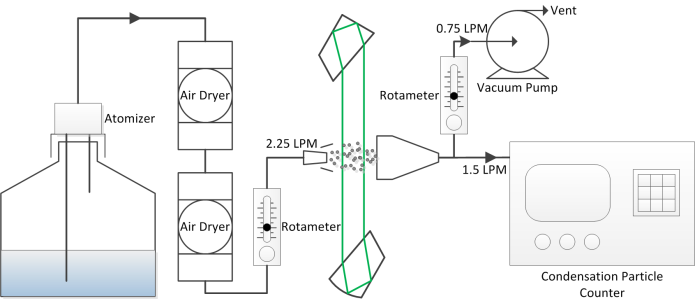
Quantum Cascade Laser Sensor for Engine Emissions (NO)
Recently, mid-infrared (MIR) Quantum Cascade Lasers (QCLs), which are becoming increasingly commercially available, have been used as light sources for sensors measuring NO, NO2, CO and other species. Our group developed a QCL based laser sensor for NO measurement for gas engine applications. The QCL laser sensors allow species-specific measurements free of interferences and, in comparison to previously developed near-infrared (NIR) sensors, allow stronger signals (improved sensitivities).
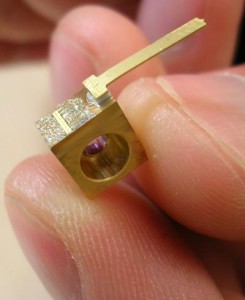
LIF Studies of Xe+ Velocity Distributions in Plasma Sheaths

Hollow Core and Photonic Crystal Fibers for High Power Pulse Delivery
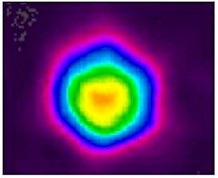
Cavity Ring-Down Spectroscopy for Sputter Measurements and End-Point Detection
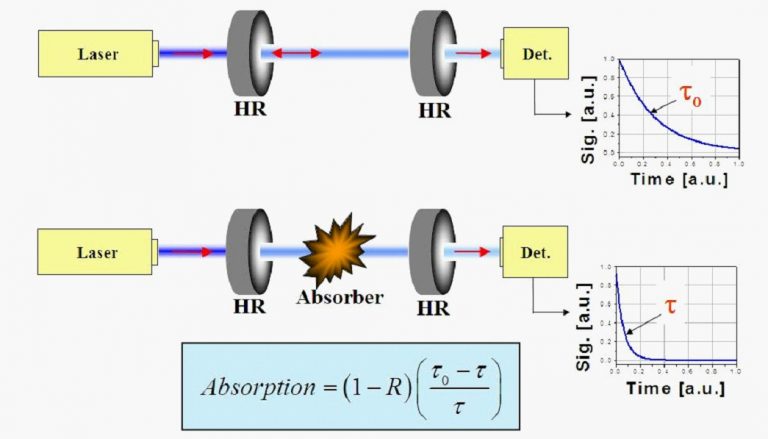
Engine Air-Fuel Ratio from Laser Induced Breakdown Spectroscopy (LIBS)
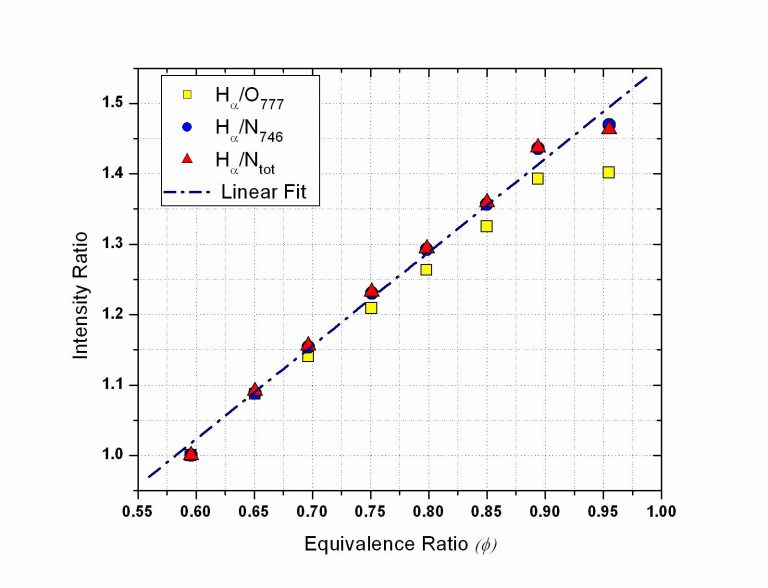
Quartz Crystal Microbalance Based Sputter Measurements
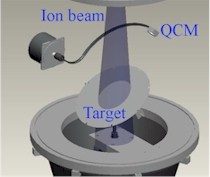
Boron Nitride Sputtering Measurements
Ion sputtering is a primary life-limiting mechanism in electric propulsion thrusters used for satellite and space exploration. We are interested in the sputtering of boron nitride (BN) because of its widespread use as an acceleration channel wall material in stationary plasma thrusters (SPTs). Despite the importance of BN erosion there is a lack of basic sputtering data on BN. A high sensitivity quartz crystal microbalance (QCM) based sputter measurements system was used to acquire this data.
